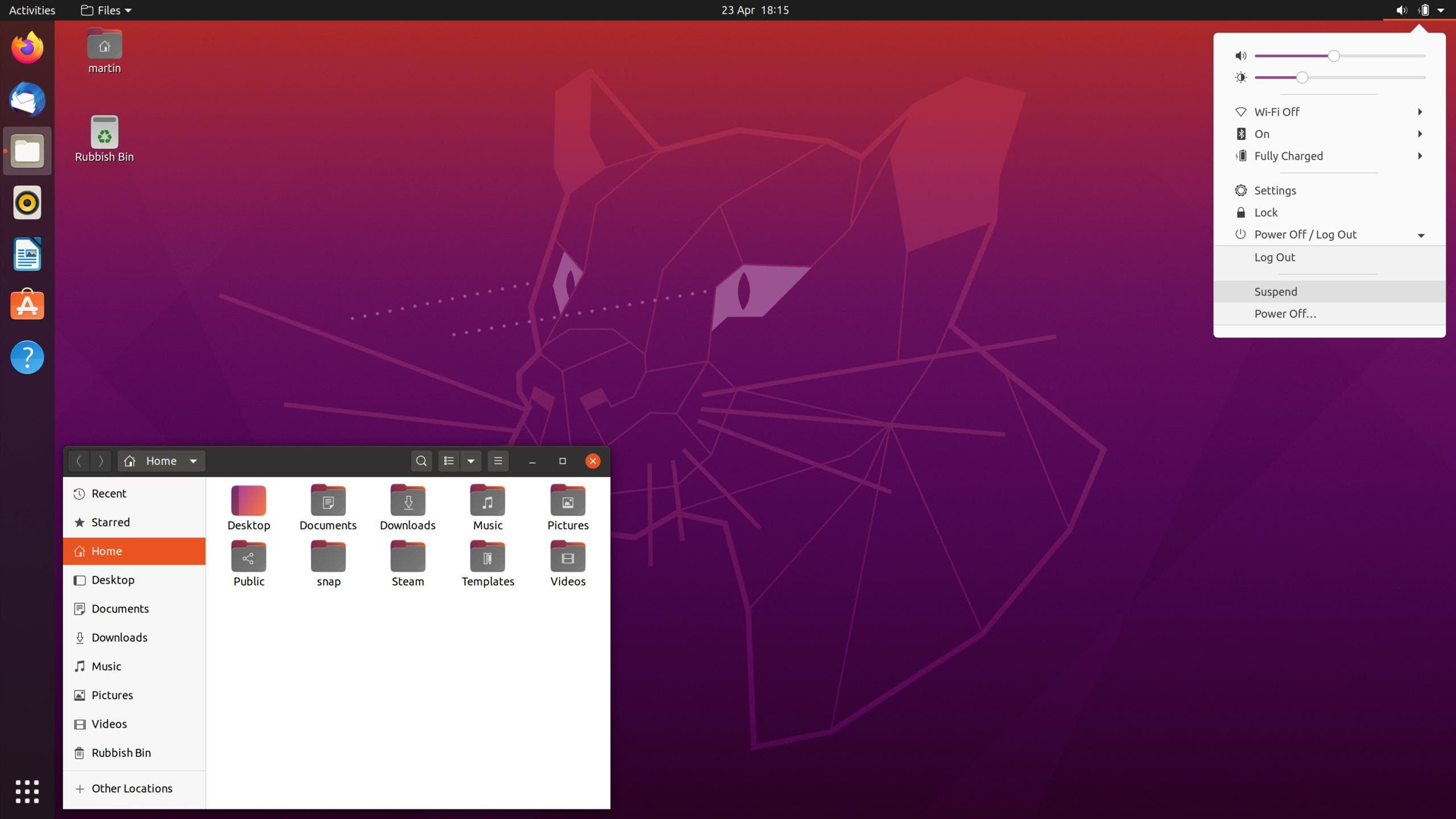Install instructions
In the following sections you will find info on how to install Linux. You've chosen your install method, now let's talk a bit about Linux distributions. You should choose one, but if this is your first encounter with Linux, we recommend you go for Ubuntu.
Linux comes in different flavours or "Distributions" (aka distros). While it's the same kernel (core of an operating system) they can each work differently on top e.g. how software gets installed, how networking works, how it looks. There are endless distros out there if you want, but to make things simpler we've chosen to write this guide for Ubuntu.

Maybe the most popular distribution out there, Ubuntu is a really great distro. It looks great and is easy to use, it's kept up to date and has great support for packages and software. Just because it's "good for beginners" doesn't mean it's any less advanced / capable than any other distro, remember they're all built on the same underlying kernel, it's just how things get done on top of that that changes.
The following section will give you the instructions on how to install Ubuntu on your computer.
Please choose the appropriate method of installation.
Warning! If you are installing it as a replacement OS or dualboot, please make sure you have a backup of any data you do not want to lose. We are providing the instructions as they are, and we are not responsible for any data loss that might occur. Use at your own risk.
Choose from:
- Just Ubuntu -- replace your current OS with Ubuntu; this will completely erase data on your computer; backup anything you need.
- Dualboot -- install Ubuntu alongside an existing Windows install; backup any important data, in case something goes wrong
- VM -- install Ubuntu in a Virtual Machine; there will be no data loss; instructions are for Windows
- WSL -- instructions on how to install Windows Subsystem for Linux and get Ubuntu running; no data loss expected